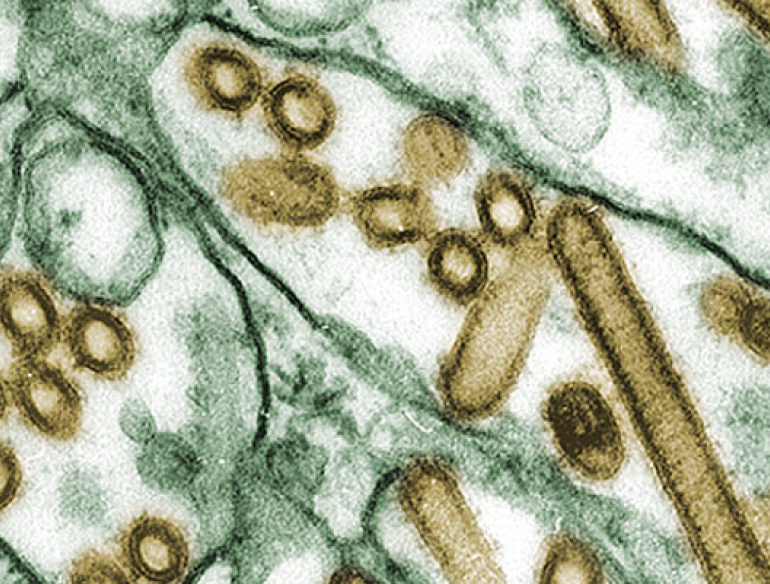Emerging infectious diseases (EIDs) pose a significant and unpredictable threat to human life around the world. Within the last 20 years, there has been an emergence of diseases that can be transmitted to humans from animals. These include Middle East Respiratory Syndrome (MERS), corona-virus, and many novel and fatal avian influenza A sub types including H5N6, H10N8, H7N9 and H5N1. The rapidly increasing pace of emergence indicates a need to explore new methods of public health surveillance.
This project employs the emerging statistical framework of Bayesian phylogeography, which combines epidemiology and evolutionary biology with phylogenetics to uncover the hidden dynamics that drive epidemics in humans and animals. The study will assess the patterns and spread of disease, determine the origin time and location of a number of EIDs, what factors were implicated in their emergence and what contributed to their spread.
Key to this project is the collection of meta-data associated with genetic sequences or genomes of individual disease isolates, primarily the sampling date and location. These data can then be used to determine location, statistically inferring transmission networks, to identify prevalent locations as hot-spots or ‘sinks’ for transmission, and rates of evolution. Furthermore, additional meta-data associated with locations such as population, climate, and geography can be modelled promoters or protectors of transmission. The role of public health interventions during epidemics can also be modelled, as well as their effect on outbreaks, such as the choice to vaccinate avian species or close borders and airports.
Early results from our research in Indonesia focusing on highly pathogen avian influenza H5N1 has identified significant past transmission between provinces in Java Island as well as inter-island transmission between Nusa Tenggara and Kalimantan Islands, which had not been previously described using traditional epidemiology. This spread is consistent with wild bird flyways and poultry trading routes and is associated with regions of high chicken densities and low human development indices.
This research can be used to better understand epidemic dynamics, but also critically inform decision makers involved in epidemic response and planning. For example, the results from our work in Indonesia could be used to inform more targeted planning of H5N1 control and prevention activities in Indonesia.
